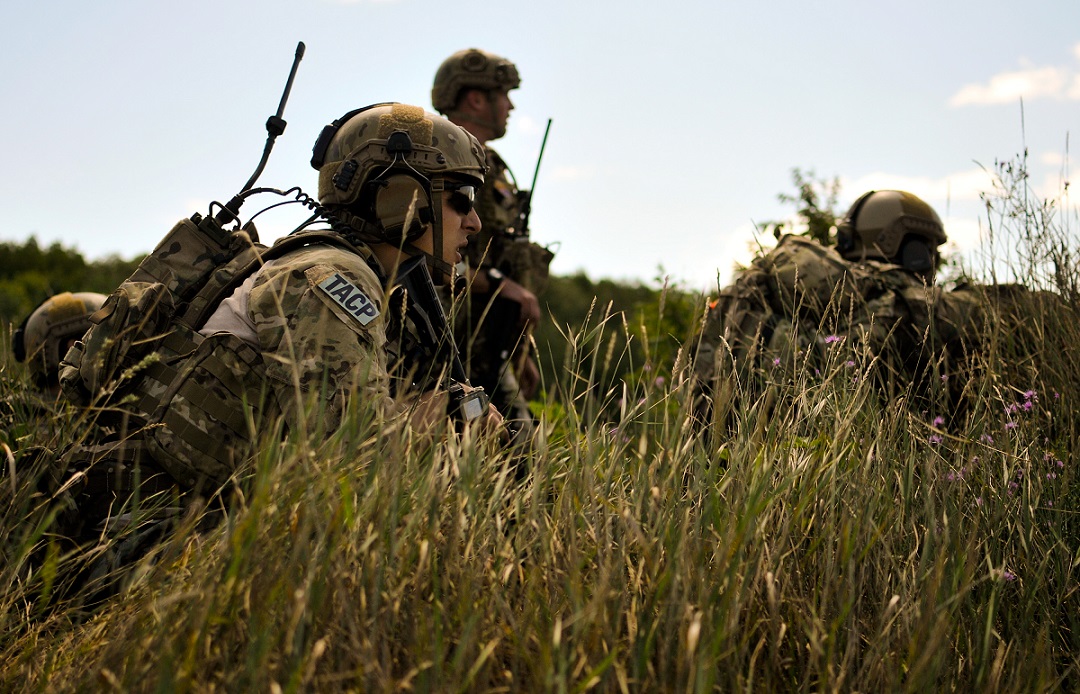This post is also available in:
 עברית (Hebrew)
עברית (Hebrew)
The near-future battlefield will be characterized by the presence of Internet of Things: smart devices, soldier-worn sensors and unmanned aircraft will produce a nonstop torrent of actionable data. In this war space, “current, commonly available, interconnected ‘things’ will exist in the battlefield and be increasingly intelligent, obfuscated, and pervasive,” according to US Army documents.
However, experts claim that the IoT landscape cannot come to fruition without robust, modernized networks. The promised wellspring of new ISR data “requires connectivity and security,” said Mike Leff, vice president for global defense at AT&T Public Sector. “You need a robust network to give you that competitive advantage on the battlefield.”
Some experts have expressed concern that present military networks don’t meet this standard. IoT devices that run without firewalls or antivirus protection could easily be compromised on current networks.
In October 2017, for instance, the US Army announced it had selected the University of Illinois at Urbana-Champaign to lead a $25 million initiative to develop the scientific foundations of a next-generation Internet of Battlefield Things (IoBT). In the announcement, Army leaders stressed the need for a robust network to make connected devices truly battle-worthy.
IoBT must appropriately leverage all networks — blue, gray and red, said Stephen Russell, the chief for the Army Research Lab’s battlefield information processing branch. In this construct, blue networks are secure and military-owned; gray networks are often civilian networks with uncertain trustworthiness; and red networks are adversarial networks.
Russell stressed that the effort to exploit the unique capabilities of a networked battlefield will be an interdisciplinary problem that brings together researchers in cyber-physical computing, information theory, security, formal methods, machine learning, networking, control and cognitive science, among other disciplines.
According to c4isrnet.com, the Navy has taken a similar read on emerging IoT.
With their limited bandwidth, today’s military networks may not be able to support the emerging intelligence, surveillance and reconnaissance capability that might be supported by widespread IoT deployments. The likelihood of urban combat where bandwidth is in greater demand could amplify the problem. At the same time, the rise of IoT brings with it significant opportunity, not just in terms of ISR but also in support of logistics, for example.


























